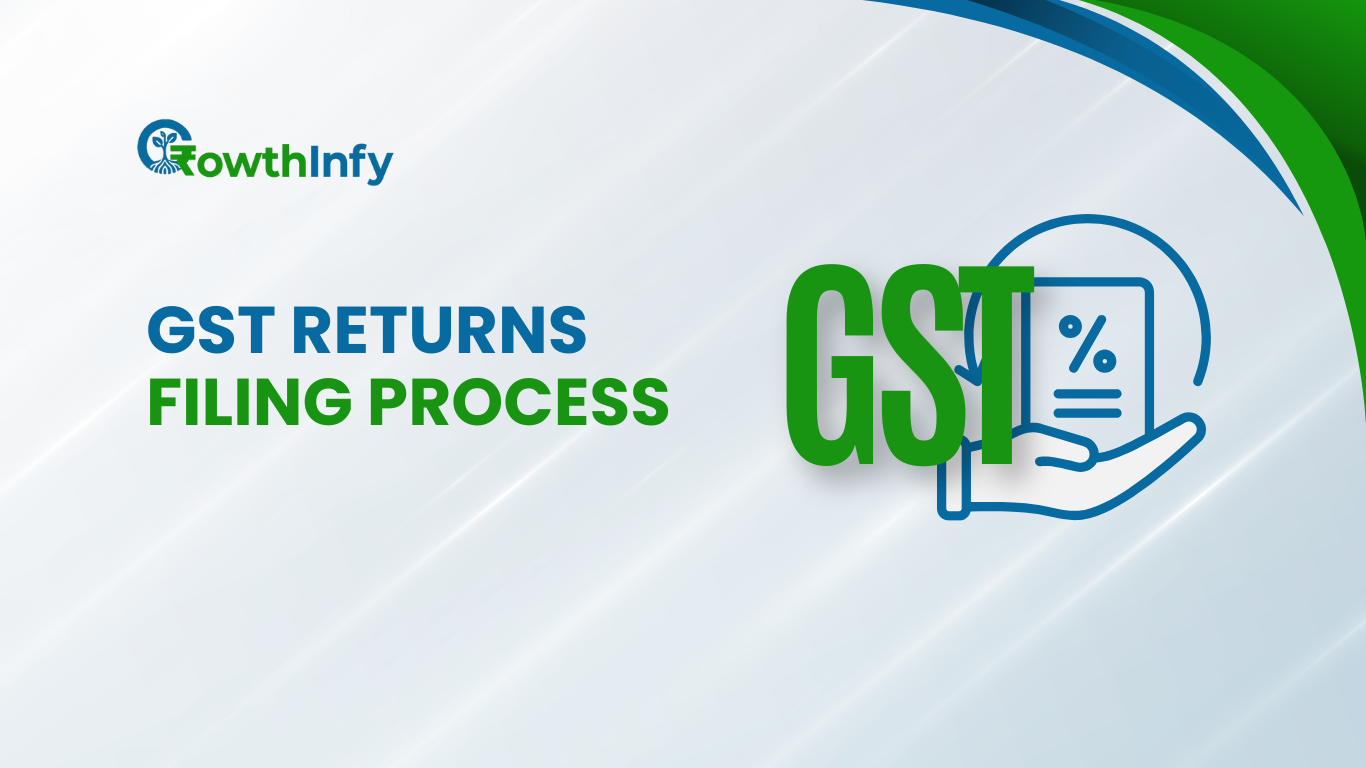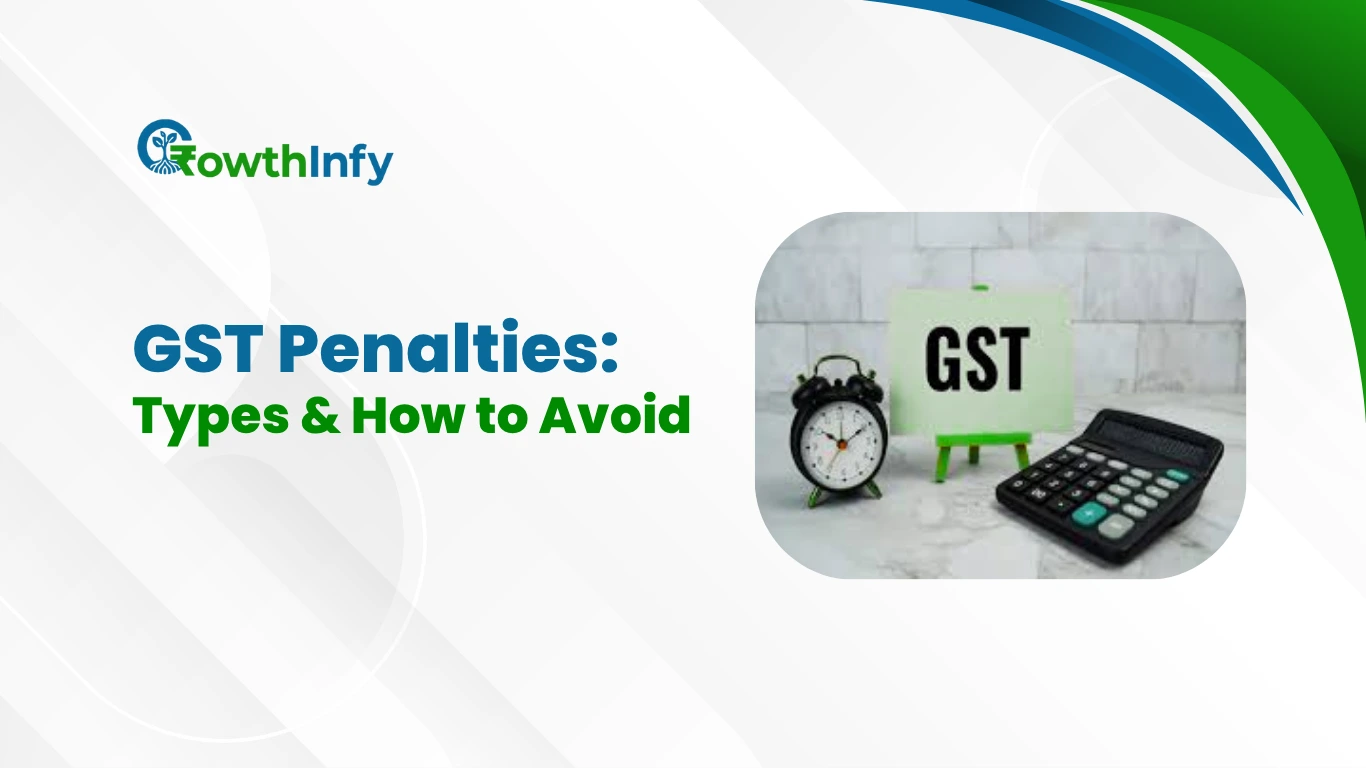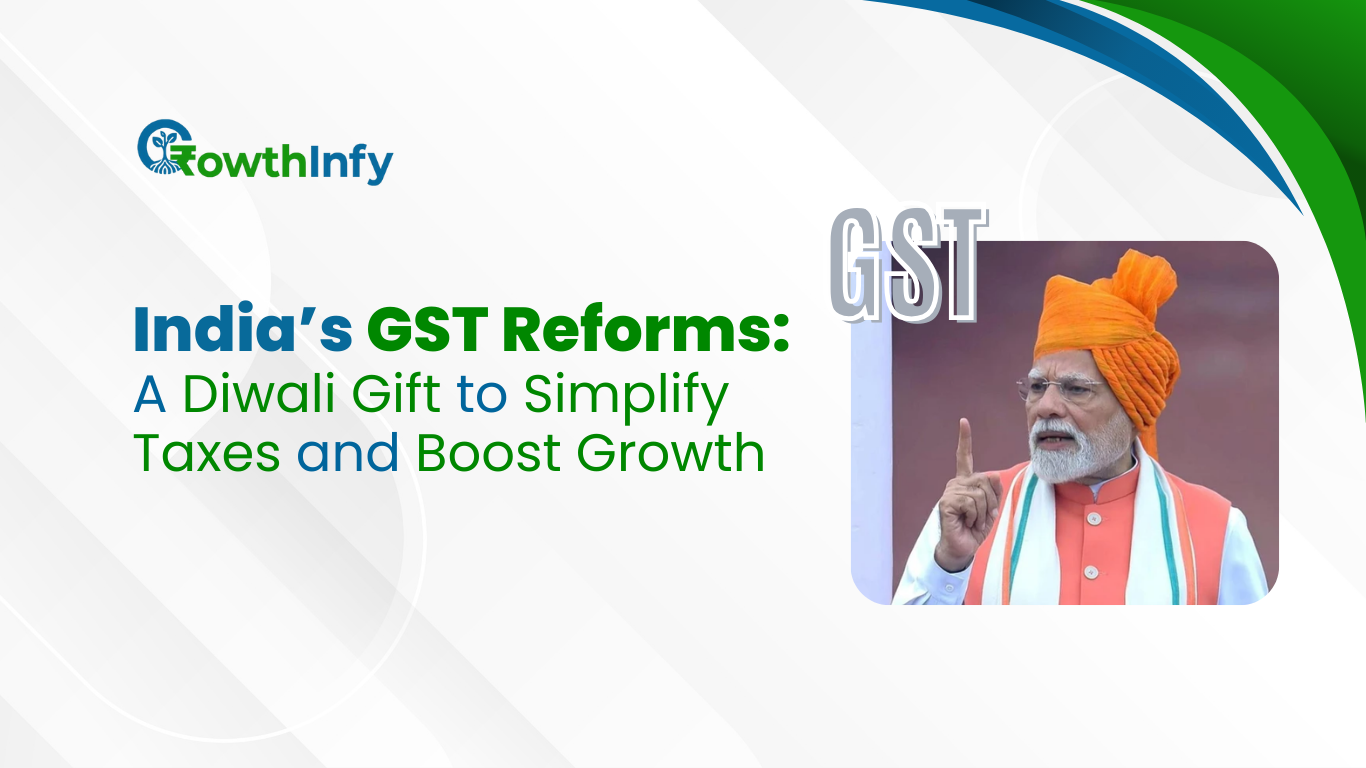GST Return Filing Process
GST Return filing is one major compliance requirement for businesses registered under the Goods and Services Tax (GST) regime in India. It involves submission of detailed sales, purchases, tax collected, and input tax credit (ITC) availed information within a predetermined time frame.
Whether you’re a startup, small business entity, or big business house, it is crucial to understand the procedure and schedules for GST Return filing to stay away from penalties and smooth functioning.
In this article, we will guide you through:
- What is GST Return filing?
- Types of GST returns
- Step-by-step procedure to file GST returns online
- Key GST Return filing dates you need to remember
What is GST Return Filing?
GST Return filing is the process of furnishing business-related transaction data to the government via the GST portal. These returns help the tax authorities assess your tax liability, monitor compliance, and facilitate the claiming of input tax credit.
Every registered taxpayer must file GST returns periodically—monthly, quarterly, or annually—based on their type of registration and turnover.
Types of GST Returns
Here is a list of the most frequently filed GST returns by taxpayers:
|
Return Form |
Applicable To |
Frequency |
Key Details |
|
GSTR-1 |
Regular taxpayers |
Monthly/Quarterly |
Details of outward supplies (sales) |
|
GSTR-3B |
Regular taxpayers |
Monthly/Quarterly |
Summary return: outward supplies, ITC, and tax liability |
|
GSTR-4 |
Composition scheme taxpayers |
Annually |
Summary of sales and tax paid |
|
GSTR-5 |
Non-resident taxable persons |
Monthly |
Outward and inward supplies, tax liability |
|
GSTR-6 |
Input Service Distributors |
Monthly |
ITC received and distributed |
|
GSTR-7 |
TDS deductors |
Monthly |
TDS details |
|
GSTR-8 |
E-commerce operators (TCS) |
Monthly |
TCS collected and supplies made |
|
GSTR-9 |
Regular taxpayers |
Annually |
Annual summary of transactions |
|
GSTR-9C |
Taxpayers requiring audit |
Annually |
Reconciliation between GSTR-9 and audited financials |
|
GSTR-10 |
Cancelled registrations |
One-time |
Final return post cancellation |
|
GSTR-11 |
UIN holders (e.g., embassies) |
Monthly |
Inward supplies and refund claim |
Important GST Return Filing Dates (2025-26)
It is essential to submit GST returns within time to evade interest, late fees, and notices. Below are the dates of GST Return filing you should keep in mind:
|
Return Type |
Due Date |
|---|---|
|
GSTR-1 (Monthly) |
11th of next month |
|
GSTR-1 (Quarterly – QRMP) |
13th of month after the quarter |
|
GSTR-3B (Monthly) |
20th of next month |
|
GSTR-3B (Quarterly – QRMP) |
22nd/24th of month after the quarter (based on state) |
|
GSTR-4 (Annual for Composition) |
30th April of next financial year |
|
GSTR-9 & 9C (Annual Return & Audit) |
31st December of next financial year |
|
GSTR-5/5A/6/7/8 |
10th to 20th of next month depending on form |
Pro Tip: Use a reminder tool or compliance calendar to never miss a deadline.
Step-by-Step GST Return Filing Process
Do the following to file your GST return properly through the official website www.gst.gov.in:
Step 1: Login to the GST Portal
Go to gst.gov.in and log in using your GSTIN, username, and password.
Step 2: Access Returns Dashboard
Go to: Services > Returns > Returns Dashboard
Choose the correct Financial Year and Return Filing Period.
Step 3: Choose the Appropriate Return Form
Click on the return you wish to file—e.g., GSTR-1, GSTR-3B—and choose “Prepare Online”.
Step 4: Enter Transaction Details
Enter data manually or upload relevant invoice information. Check the amounts, save the form, and click on Submit.
Step 5: Pay Tax Liability
Click on Payment of Tax, verify your cash and credit balance, and use the “Offset Liability” option to pay the net tax amount.
Step 6: File the Return
After payment, check the declaration checkbox, select the authorised signatory, and file the return through DSC or EVC.
After filing, a confirmation with an Acknowledgement Reference Number (ARN) will be provided.
Tips for Accurate GST Return Filing
- Keep proper records of invoices and credit notes.
- Reconcile on a monthly basis with GSTR-2A/2B to make accurate ITC claims.
- Don’t wait until the last minute to file to avoid system overload or mistakes.
- Use accounting software or GST return filing tools for automation.
Conclusion
Knowing the GST Return filing process and following the right GST Return filing dates keeps you compliant and away from unwanted penalties. Although the process itself might look daunting at first, practice every now and then with the proper tools or professional assistance can make it easy sailing.
Need help with submitting your GST returns or being compliant? Talk to Growthinfy – Your go-to partner for tax and startup solutions.





Pingback: Sponsorship Services Under GST: A Comprehensive Guide - Growthinfy
Pingback: Rule 88B of CGST Rules: Interest on Delayed GST Payment
Pingback: GST Notices: Common Reasons and How to Respond in India - Growthinfy